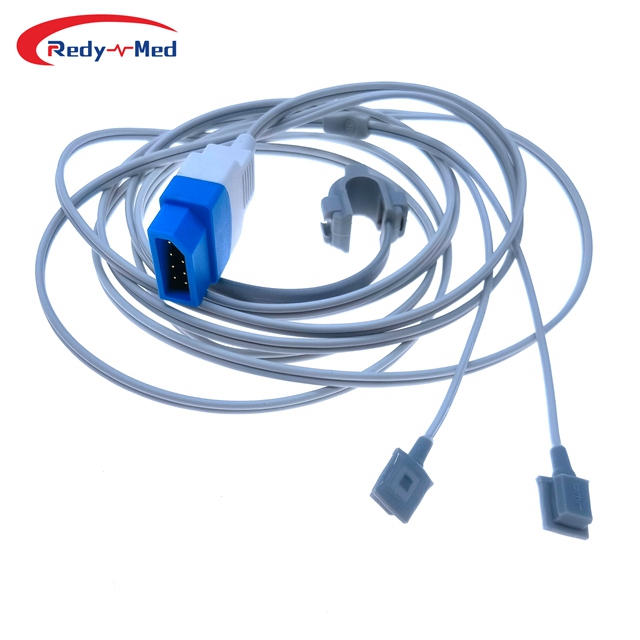
How Spo2 Sensors Are Transforming Healthcare Monitoring
2024-03-21 00:04:44
Transforming Healthcare with Spo2 Sensors

How Spo2 Sensors Are Transforming Healthcare Monitoring
Healthcare monitoring plays a crucial role in ensuring the well-being of patients. Technological advancements have paved the way for innovative solutions, and one such breakthrough is the use of Spo2 sensors. These sensors have revolutionized healthcare monitoring, enabling healthcare professionals to obtain accurate and real-time data on a patient's oxygen levels. In this article, we will explore how Spo2 sensors are transforming healthcare monitoring and enhancing patient care.
1. Enhancing Accuracy and Efficiency
One of the main advantages of Spo2 sensors is their ability to provide quick and accurate readings of a patient's oxygen saturation levels. These sensors utilize advanced algorithms and infrared light technology to measure the level of oxygen in a patient's blood accurately. This real-time data enables healthcare professionals to make informed decisions promptly, leading to more efficient and effective treatment plans.
2. Continuous Monitoring for Critical Care
In critical care scenarios, continuous patient monitoring is crucial. Spo2 sensors allow for non-invasive and continuous monitoring of a patient's oxygen saturation levels. This continuous monitoring is particularly valuable for patients with respiratory conditions, sleep disorders, or during surgery. By continuously tracking oxygen levels, healthcare professionals can identify any deviations from normal and intervene promptly, potentially preventing life-threatening situations.
3. Remote Patient Monitoring
Advancements in telemedicine have opened doors for remote patient monitoring, especially in the era of the COVID-19 pandemic. Spo2 sensors, when integrated with wearable devices or connected to smartphones, enable remote monitoring of a patient's oxygen levels. This remote monitoring capability allows patients to receive healthcare services from the comfort of their homes, minimizing the need for hospital visits. Additionally, healthcare professionals can remotely track their patients' oxygen levels and intervene when necessary, enhancing patient care and reducing healthcare costs.
4. Early Detection of Respiratory Distress
Respiratory distress is a critical condition that requires immediate attention. Spo2 sensors can play a vital role in detecting early signs of respiratory distress. By continuously monitoring a patient's oxygen levels, these sensors can identify sudden drops or fluctuations in oxygen saturation, indicating potential respiratory distress. Early detection allows healthcare professionals to intervene promptly and prevent further complications, improving patient outcomes.
5. Long-Term Monitoring of Chronic Conditions
For patients with chronic conditions such as chronic obstructive pulmonary disease (COPD) or congestive heart failure (CHF), long-term monitoring is necessary for effective management. Spo2 sensors, when used in conjunction with wearable devices or integrated into medical monitoring systems, facilitate long-term monitoring of oxygen saturation levels. This continuous monitoring not only provides patients with a better understanding of their condition but also allows healthcare professionals to track trends and make necessary adjustments to treatment plans.
Conclusion
Spo2 sensors have undeniably transformed healthcare monitoring in numerous ways. From enhancing accuracy and efficiency to enabling remote patient monitoring and early detection of respiratory distress, these sensors have revolutionized patient care. With continuous advancements in technology, the future holds even more possibilities for Spo2 sensors, further improving healthcare outcomes and transforming the way we monitor patient health.
Get the latest price? We'll respond as soon as possible(within 12 hours)




